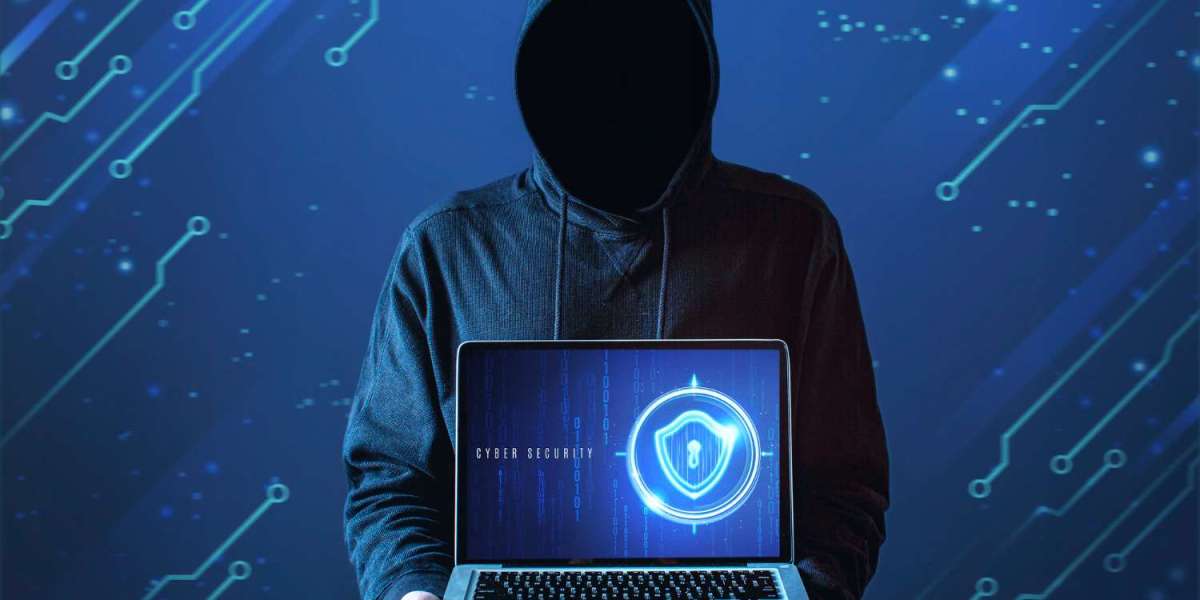In today's digital age, cyber threats are more prevalent than ever. With cybercriminals constantly evolving their tactics, individuals and businesses must stay ahead of potential risks. This cybersecurity review aims to provide an in-depth understanding of the current landscape of cyber threats, including phishing attacks, and how you can protect your digital world effectively.
Understanding Cybersecurity
Cybersecurity refers to the practices and technologies designed to protect computers, networks, and data from unauthorized access, cyberattacks, and other security breaches. As more of our personal and professional lives move online, the importance of strong cybersecurity review measures has never been greater.
Why Does Cybersecurity Matters?
- Protects Personal Information: Prevents identity theft and fraud.
- Secures Business Data: Keeps sensitive company information safe.
- Prevents Financial Loss: Avoids costly cyber incidents and ransomware demands.
- Ensures Privacy: Maintains confidentiality in online communications.
- Builds Trust: Customers feel secure when businesses prioritize cybersecurity.
Common Cyber Threats
Cybercriminals use various techniques to exploit vulnerabilities. Understanding these threats is the first step in defending against them.
1. Phishing Attacks
A phishing attack is one of the most common cybersecurity threats today. In phishing scams, attackers impersonate legitimate entities (such as banks, companies, or government agencies) to trick users into revealing sensitive information like passwords or credit card details.
How to Identify a Phishing Attack
- Emails with urgent or threatening language.
- Messages requesting personal or financial details.
- Suspicious email addresses that mimic legitimate companies.
- Links that redirect to fake websites.
- Unexpected attachments from unknown senders.
How to Prevent Phishing Attacks
- Never click on suspicious links or download unknown attachments.
- Verify the sender’s email before responding.
- Enable multi-factor authentication (MFA) on important accounts.
- Use email filtering tools to detect phishing attempts.
- Educate employees and individuals on recognizing phishing scams.
2. Ransomware Attacks
Ransomware is a type of malware that encrypts a victim’s data and demands a ransom for its release. These attacks target individuals, businesses, and even government agencies.
How to Prevent Ransomware Attacks
- Keep your software and operating system updated.
- Regularly backup important data on secure, offline storage.
- Use robust antivirus and anti-malware software.
- Avoid downloading files from untrusted sources.
- Implement access controls to limit exposure to sensitive files.
3. Malware and Viruses
Malware is malicious software designed to damage or gain unauthorized access to systems. Viruses, worms, spyware, and trojans are all types of malware that can compromise data security.
How to Protect Against Malware
- Install reputable antivirus software.
- Avoid clicking on unknown or suspicious links.
- Regularly update software to patch vulnerabilities.
- Be cautious when installing third-party applications.
4. Social Engineering Attacks
Social engineering exploits human psychology to gain access to sensitive information. Attackers often use deception, impersonation, or manipulation to trick users into providing data.
How to Prevent Social Engineering Attacks
- Verify identities before sharing personal or company information.
- Educate employees about common social engineering tactics.
- Use security awareness training programs.
Best Practices for Cybersecurity Protection
To stay ahead of cyber threats, individuals and businesses should implement robust security measures. Below are key strategies to enhance cybersecurity.
1. Strengthen Password Security
- Use complex passwords with a mix of letters, numbers, and symbols.
- Avoid reusing passwords across multiple accounts.
- Enable multi-factor authentication (MFA) for added security.
2. Keep Software and Systems Updated
- Regularly install security patches and updates.
- Use automatic updates where possible.
- Upgrade outdated software that no longer receives security support.
3. Use Secure Networks
- Avoid using public Wi-Fi for sensitive transactions.
- Use a Virtual Private Network (VPN) when connecting remotely.
- Secure home and office networks with strong encryption.
4. Educate Employees and Users
- Conduct regular cybersecurity training sessions.
- Simulate phishing attacks to test awareness.
- Encourage reporting of suspicious emails or activities.
5. Implement Data Encryption
- Encrypt sensitive files and communications.
- Use end-to-end encryption for messaging apps.
- Secure cloud storage with strong encryption protocols.
Future of Cybersecurity
As technology evolves, so do cyber threats. The future of cybersecurity will be shaped by AI-driven security solutions, blockchain for secure transactions, and enhanced threat detection mechanisms. Organizations must remain proactive in adopting new security strategies to combat emerging risks.
Conclusion
In this cybersecurity review, we’ve explored the key cyber threats facing individuals and businesses today, including phishing attack and ransomware. Cybersecurity is not a one-time task but an ongoing effort requiring constant vigilance. By implementing the best practices outlined in this guide, you can significantly reduce the risk of cyberattacks and protect your digital world. Stay informed, stay secure!



